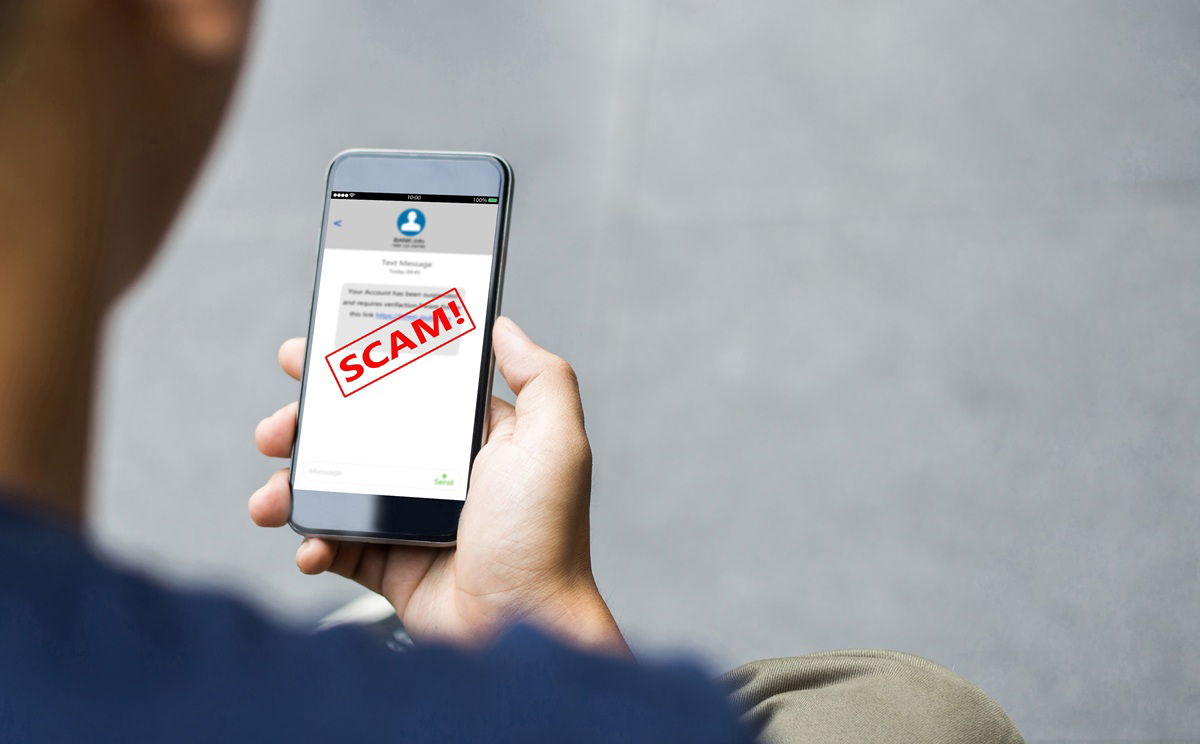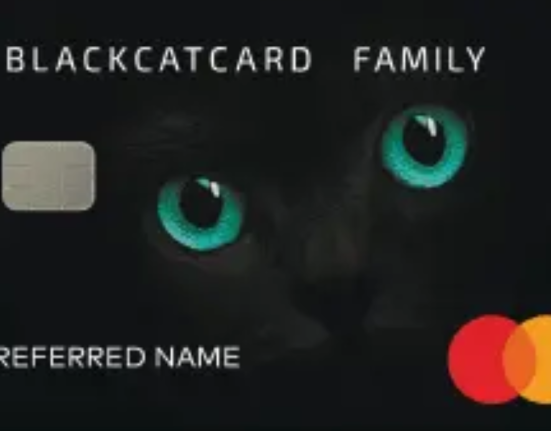A new wave of banking scams: Fraudsters are sending fake SMS alerts that appear to be from your bank, tricking users into revealing sensitive details.
Credit : panuwat phimpha, Shutterstock
You know the feeling: you’re having your morning coffee when your phone buzzes with a text from your bank. You glance down – something about suspicious account activity, a warning, and a link to ‘verify’ your details. It’s official-looking, urgent, and honestly, a bit scary.
But before you even realise what’s happening, you might have just walked into the latest banking scam that’s sweeping across Spain.
How banking SMS scams are catching out thousands in Spain
Most of us trust those familiar SMS threads from our banks. That’s exactly what the fraudsters are counting on. Their messages slot right in with your real notifications, using language that sounds just like the genuine article. The goal? Get you to click a link that leads to a website which, at first glance, looks exactly like your bank’s online portal.
Just ask the Unicaja Bank customer from Oviedo, who got a text warning of ‘unauthorised access’ to their online account. The message urged them to act immediately if they didn’t recognise the activity, and included a link to a convincing fake site.
Step-by-step: How banking scams unfold in Spain
The victim clicked. Seconds later, another message landed—this time, a ‘security code’ to supposedly protect their account. Following the instructions, the customer entered the code, unknowingly handing over access to their banking app. A few minutes later, a genuine text popped up: €6,000 had just left their account. The scammers had struck—and they were long gone.
And here’s the thing: it all felt so normal. No suspicious phone calls, no broken English, no obvious red flags—just a series of messages that seemed to come straight from the bank.
Why are banking scams so effective in Spain?
For starters, the fake messages appear in the same conversation as real ones from your bank. It’s no wonder people get caught out. The websites look perfect. The sense of urgency – “If you don’t recognise this access, verify immediately” – pushes you to act fast, rather than think twice.
And let’s face it: in a world where digital banking is the norm, we’re all a bit too used to following prompts, clicking links, and trusting our phones.
How to protect yourself without losing your mind
So, what should you actually do when one of these messages lands in your inbox? The number one rule: don’t click the link. If you’re worried, open your bank’s official app or website by typing it in yourself, or give your bank a quick call.
Banks and police are constantly putting out warnings, but the scammers keep getting smarter. Remember, your bank will never ask you to verify personal info through a random link, or to type in a security code from a text you didn’t request.
If you do get caught out, don’t panic. Call your bank and the police straight away—they’re there to help. And take comfort in knowing that you’re far from the only one. These scams are slick, and they’re designed to trick even the most careful customers.
We’ve all had those ‘is this real?’ moments with texts and emails. If you’re ever in doubt, trust your gut. Double-check before you click anything. In today’s world, the safest place for your money is behind a password you control—not a link in a text message, no matter how convincing it looks.
Stay tuned with Euro Weekly News for more news from Spain







